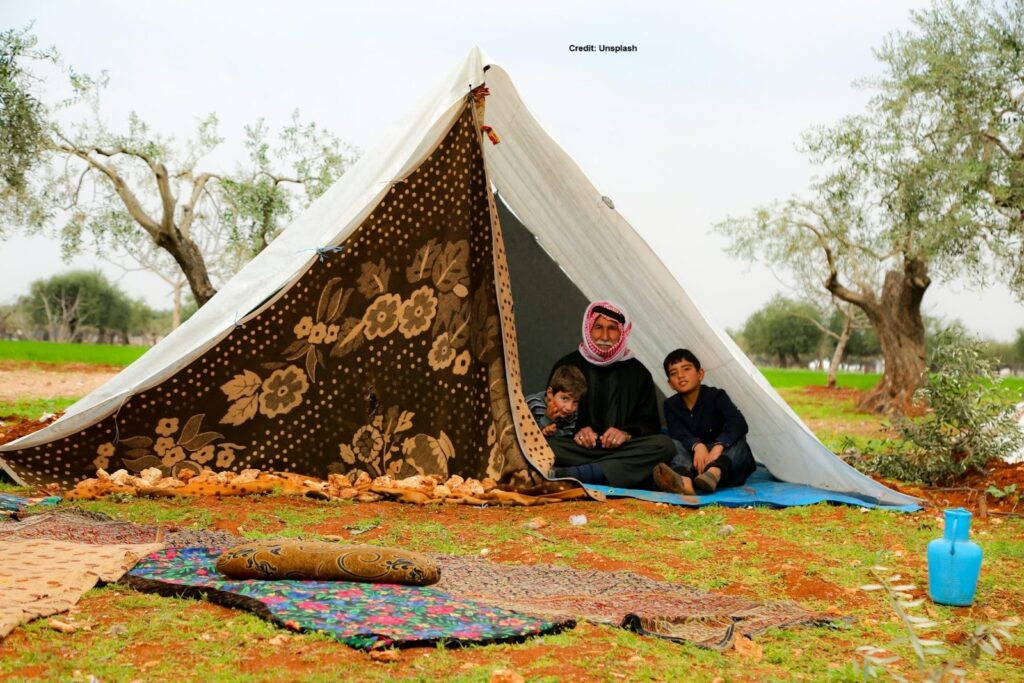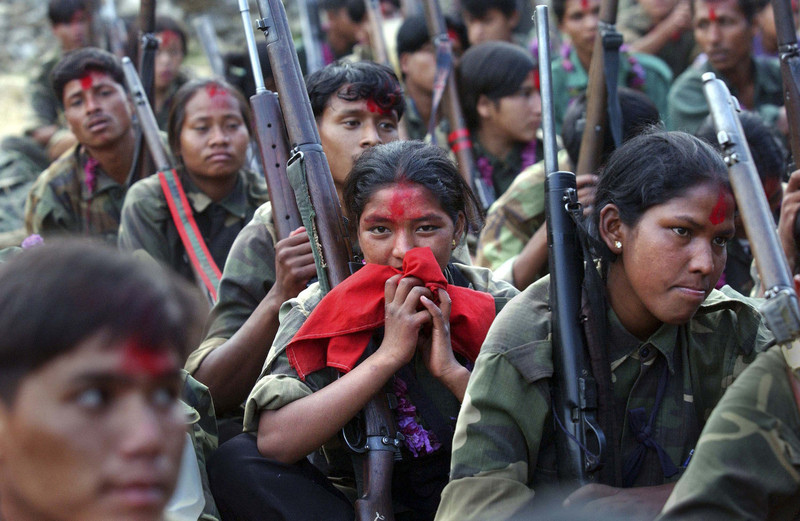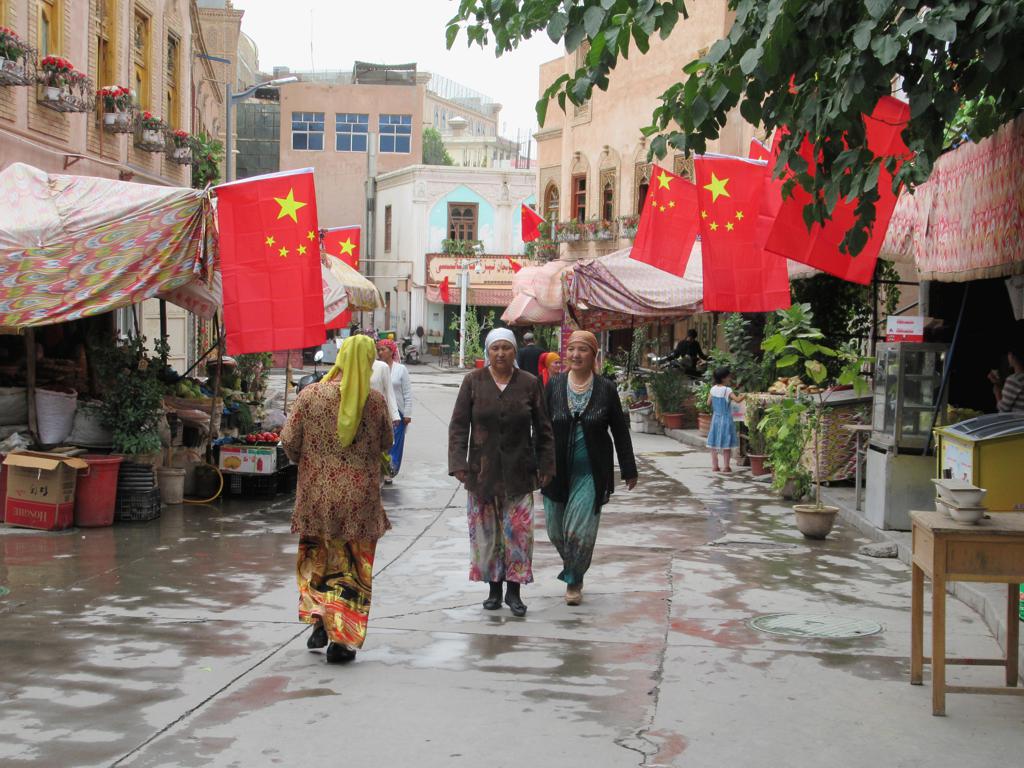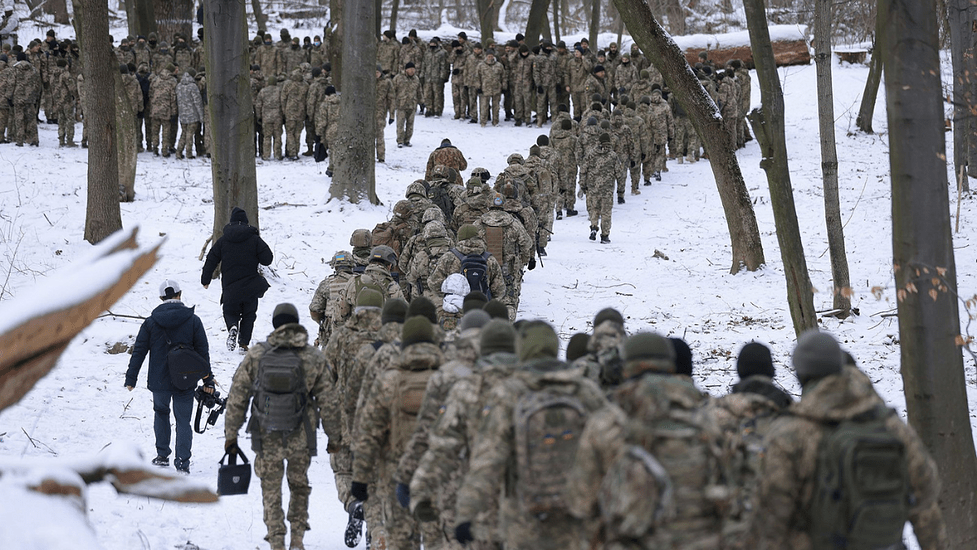How can intervening states ensure lasting peace in post-conflict nations?
https://www.jkpi.org/wp-content/uploads/2025/02/unnamed-1-1024x683.jpg 1024 683 Haneen Farid Haneen Farid https://secure.gravatar.com/avatar/1a11ab4443ad21dc7d97b2e1d2456486?s=96&d=mm&r=gDisclaimer: This commentary reflects on a philosophical debate in international relations and does not seek to advocate for or align with colonialist perspectives. Nations are often at their most vulnerable…
read more







